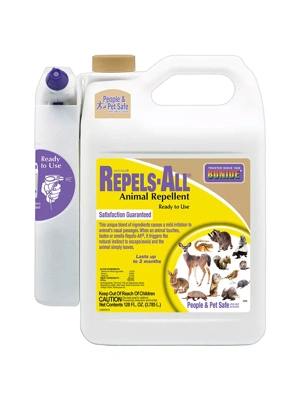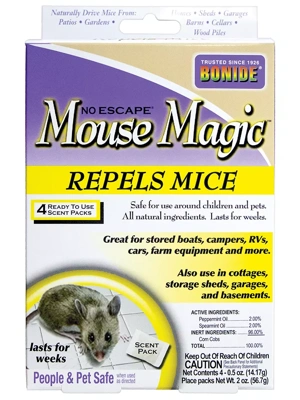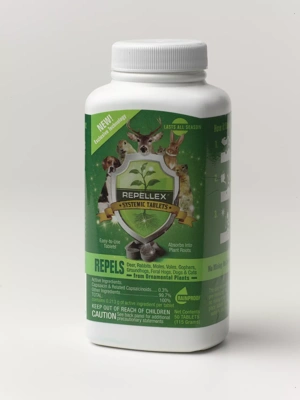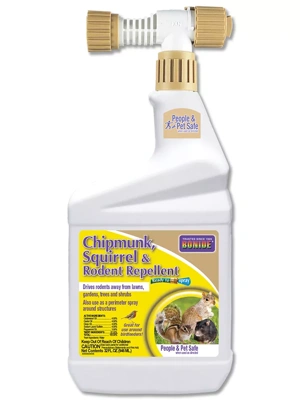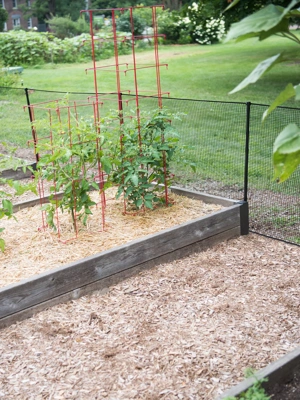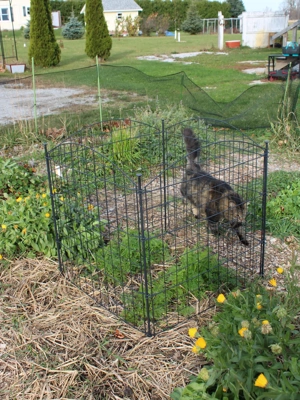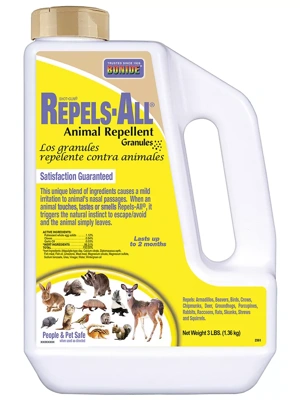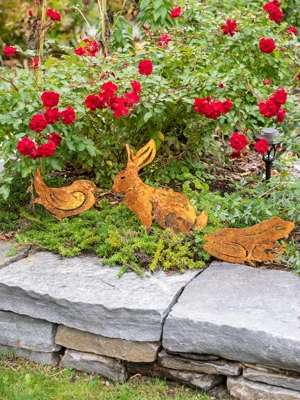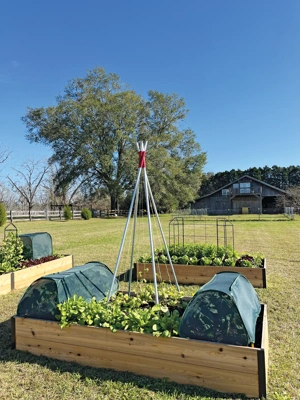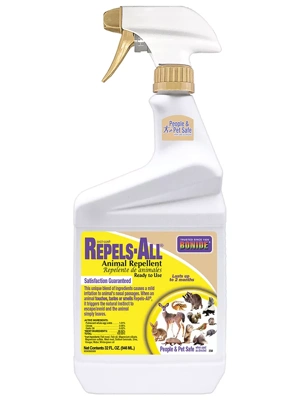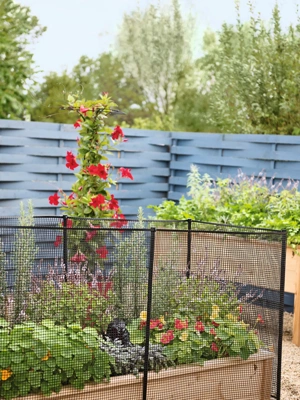Keeping Animal Pests Out of Your Garden

Gardeners generally love our local wildlife, but that doesn't always mean we want them IN our garden beds. Let's take a look at ways to pest-proof our garden beds:
- Start by identifying the creature that is causing the damage and then learn a little about the habits of that animal. This knowledge is essential for putting together an effective solution.
- Make your home less attractive to wildlife. Seal off access to crawl spaces beneath your porch or deck; cover your compost pile to discourage raccoons; clean up birdseed to discourage squirrels; and use beneficial nematodes on your lawn to reduce grub populations (a favorite food of moles and skunks).
- Consider some of the following control methods and choose the one(s) most appropriate to the pest and to your particular situation.
Control Measures
Exclude
Exclusion is certainly the most effective, long-term solution. A fence can be permanent or can be a temporary, seasonal solution that is put up and taken down as needed. Fencing can vary in material (wood, plastic mesh, welded wire, electric wire) and price — choose what is best for your budget, garden size, and the animal pest you are trying to exclude. For more information about fencing, read our Animal Fencing Techniques.

The soft polyethylene mesh and sturdy plastic poles of the Pest Fence provide a 42-inch high barrier around vulnerable garden areas.

The Chicken Wire Cloche protect individual plants from birds, cats, and rabbits.
Repel
Animal repellents typically fall into one of two categories:
- Animal-based products (like urine or dried blood) work by scaring away potential garden pests. When another animal smells it, they will presume a rival animal already lives in the area and leave.
- Plant-based repellents simply do not taste or smell good. These include garlic clips, castor oil, capsicum (what makes hot peppers taste HOT), and thyme oil.
Before spraying your entire garden, be sure to read product labels thoroughly — not all products are food safe. Most repellents can be effective temporary solutions, but they need to be monitored and reapplied to remain effective. Repeated heavy rains will wash product away.
Of course as gardeners, our favorite repellent may be... PLANTS! Check out this list of fragrant flowers and herbs that do double-duty, beautifying your garden AND driving away wildlife pests:
- Lavender
- Marigold
- Sage
- Mint
- Chrysanthemums
- Geranium
- Lemongrass
Deter
Visual, auditory, and physical scare devices can be used to deter animals. These include ultrasonic repellers, motion-activated water sprayers, noise makers, and visual scare devices such as reflective tape and faux predators. The effectiveness of these devices may diminish over time as pests become familiar with them. Surprise is the effect you're after, so plan on changing up your strategies.
 Cat Scat Mats placed in the garden act as physical deterrents; cats just don't like walking on them!
Cat Scat Mats placed in the garden act as physical deterrents; cats just don't like walking on them!Attract
Yes, you can help oust wildlife from your garden... by inviting in other wildlife! By working with your local foodweb, you can attract desirable wildlife into your neighborhood while deterring garden pests. Owls consume mice, moles, and other small animals. Consider setting up an owl box or nesting platform to invite these birds of prey into the area; they'll help keep the rodent population in check. Snakes, although unpleasant to find in the house or garage, are incredibly helpful garden residents — they also consume mice and small rodents. Snakes like a combination of nooks AND warm sunlight, and are often found around woodpiles and stone walls.
Common Animal Pests
Learn what to do when these animals come between you and your garden.
Small Mammals
Large Mammals
Other
 Woodchuck
WoodchuckLast updated: 03/11/2024
Print this Article:
Related items
Get the Dirt
Stay up to date on new articles and advice. Please fill out the information below.

